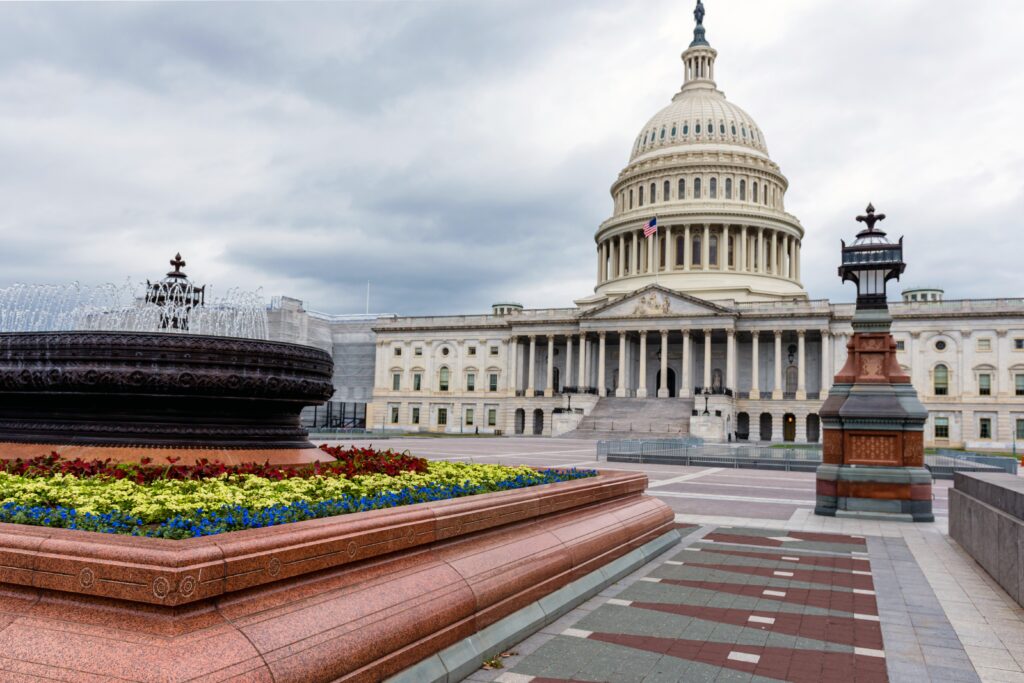HHS OIG uncovered irregularities in 2016 reimbursements.
Payments for hospice services were in the news this week, with the U.S. Department of Health and Human Services (HHS) Office of Inspector General (OIG) reporting that the Centers for Medicare & Medicaid Services (CMS) had repeatedly paid twice for such services during 2016.
“The hospice final rule has a very interesting discussion about a disturbing trend that was noted by CMS,” Ronald Hirsch, MD, told listeners during this week’s edition of the Monitor Mondays weekly Internet radio broadcast. “They describe that an increasing number of hospice patients are receiving services that are being billed as unrelated to the hospice diagnosis.”
Hirsch explained that hospice organizations receive a daily payment from Medicare to cover all of each patient’s care, with that rate ranging from $154 a day for routine care after the first 60 days up to $997 a day for continuous home care.
“CMS thinks that billing for services unrelated to the hospice care should be ‘exceptional, unusual, and rare,’” Hirsch said, pointing out that CMS used all three of those adjectives to describe how often this should happen. “You should note that it is one adjective more than the exceptions to the two-midnight rule, which are supposed to be only ‘rare and unusual.’”
Hirsch reported that according to CMS calculations, hospice beneficiaries paid over $200 million in cost sharing last year for unrelated care services, and he noted that CMS received many complaints that patients were not aware that they would be responsible for such costs.
As a result, CMS has established a requirement for hospice providers that they must offer all patients a list of their diagnoses unrelated to the hospice diagnosis – and if a patient requests such a list, the hospice must provide it as a condition of payment, according to Hirsch.
“CMS also noted, and a recent independent study confirmed, that very few hospice patients receive radiation therapy, which is a very effective palliative treatment for painful cancers, and they have also had reports of patients being denied palliative blood transfusions,” Hirsch said. “Those of us who practiced in the 1990s know that global capitation can have a very chilling effect on the provision of services to patients. I suspect we will hear more about this in the future, and we should ensure our hospice patients have access to the care they need.”
In a related development, the OIG reported this week that Medicare Part D paid for drugs during 2016, covering costs that hospices should have paid for under the Medicare Part A hospice benefit.
On the basis of OIG sample results, the watchdog group estimated that the Part D total cost was $160.8 million for drugs that hospice organizations should have covered.
The OIG said that although hospices told the agency they should not have paid for the drugs associated with the remaining $261.9 million of the $422.7 million total cost, a review of CMS communications with hospices and sponsors between 2012 and 2016 indicates otherwise; hospice organizations or hospice beneficiaries likely should have paid for many of these drugs, not Part D.
The OIG, in its report, said CMS must do more to avoid paying twice for the same drugs, noting that CMS should work directly with hospices to ensure that they are providing drugs covered under the hospice benefit. The OIG also recommended that CMS develop and execute a strategy to ensure that Part D does not pay for drugs that should be covered by the Part A hospice benefit, which would save at least an estimated $160.8 million a year in Part D total costs, with potentially much higher annual savings associated with the drugs that hospices said they were not responsible for providing. This should include working with Part D sponsors and seeking whatever authorities are necessary to develop proper controls.
In response to the OIG draft report, in a written statement CMS stated that its current efforts would address the issue and help ensure that there is no disruption in beneficiary access. CMS said it would continue to “engage in meaningful activities to reduce duplicate payment in this area, such as ensuring hospice providers are proactively educating beneficiaries on covered services and items (including drugs) and Part D drug plan sponsors are appropriately applying prior authorization criteria and coordinating with hospice providers on drug coverage issues.”
Notably, CMS disagreed with the OIG assertion that its current activities would adequately address the issue, and that “CMS develop controls to stop the duplicate hospice drug payments.”
Reference: https://oig.hhs.gov/oas/reports/region6/61708004.asp






















